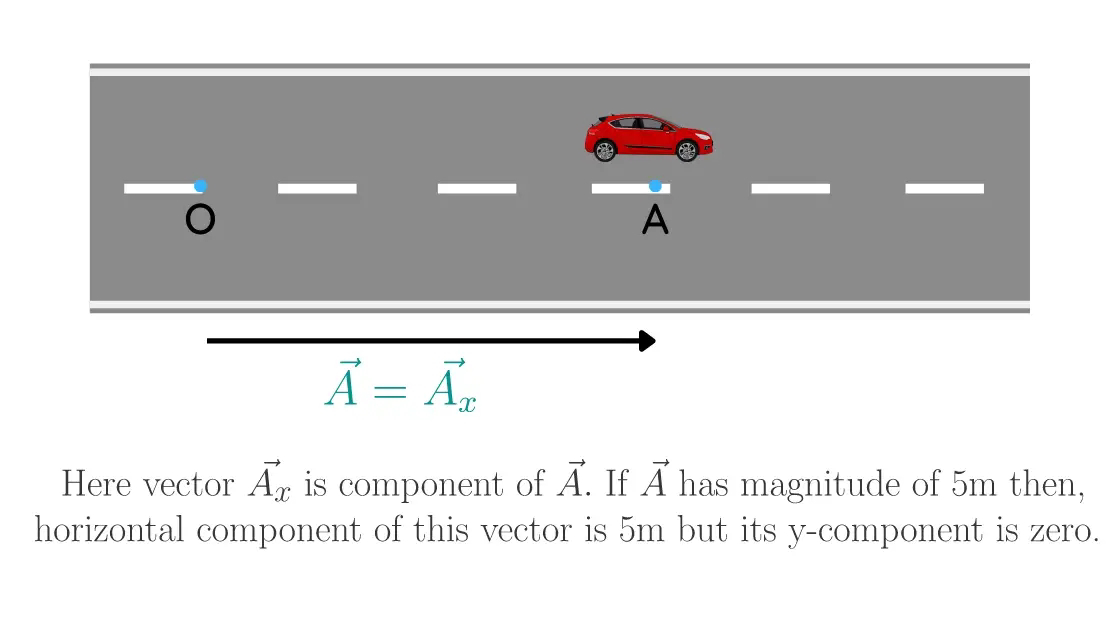X AND Y COMPONENTS OF A VECTOR

X AND Y COMPONENTS OF A VECTOR This article will teach you how to find the x and y components of a vector. We already know what vectors and scalars are and how important they are when we study physics. Finding vector components is the opposite of vector addition, where we find vector addition of two or more vectors. Here, a vector is split into two components. In physics problems, you are sometimes given an angle and a magnitude to describe a vector. You then have to use trigonometry to find the components. Finding the horizontal component of a force F of magnitude 12 N acting on a block at a 30-degree angle to the horizontal axis is one such example. If you want to calculate the work done by this force in moving the block horizontally, you must first calculate the horizontal component of force F. Components of a Vector Vectors can exist in one, two, or three dimensions of space. The vector components are determined by the number of dimensions in our space. Components of vectors i...



